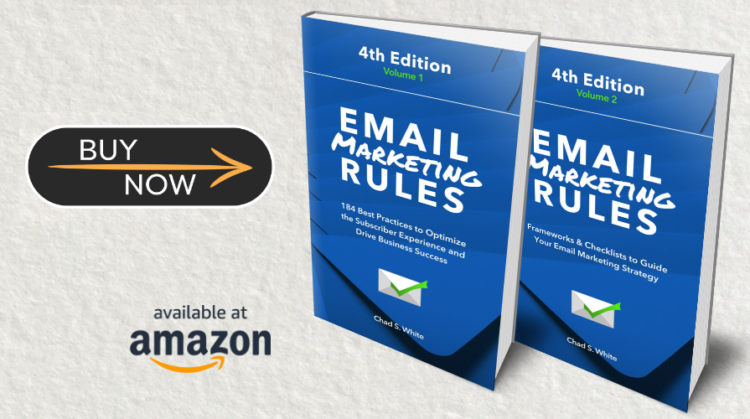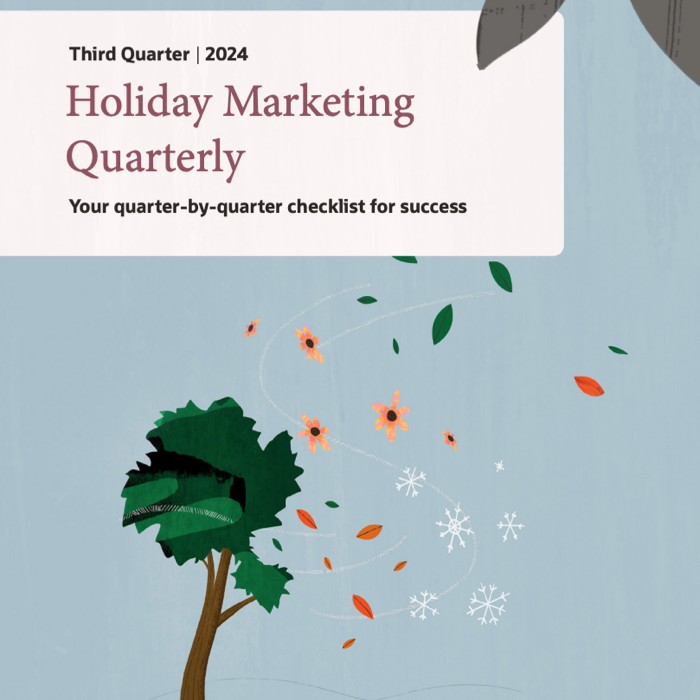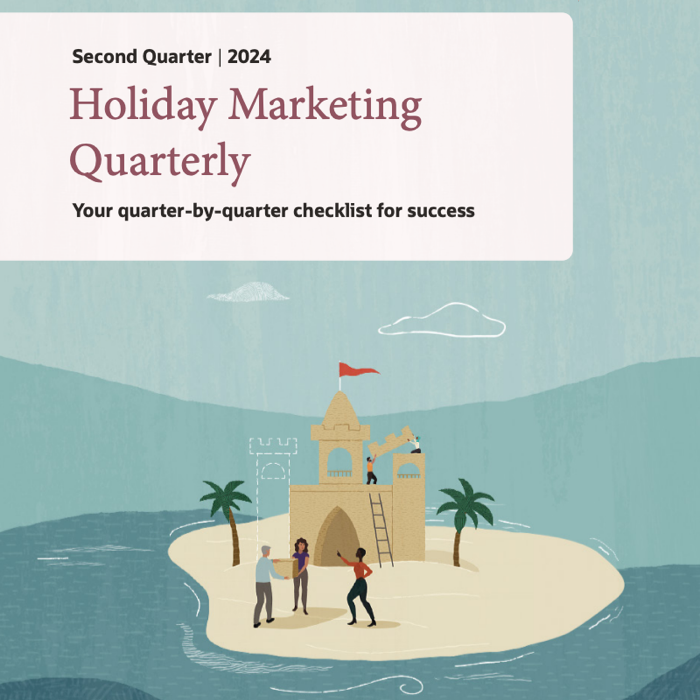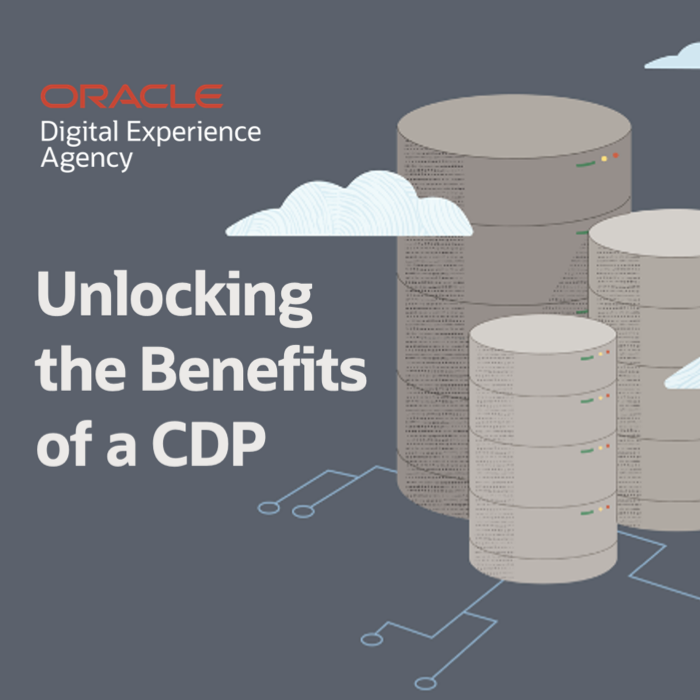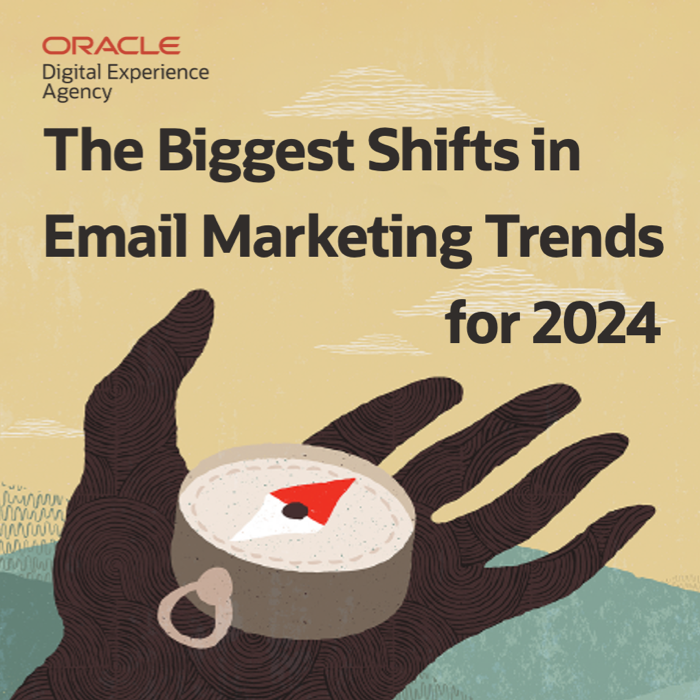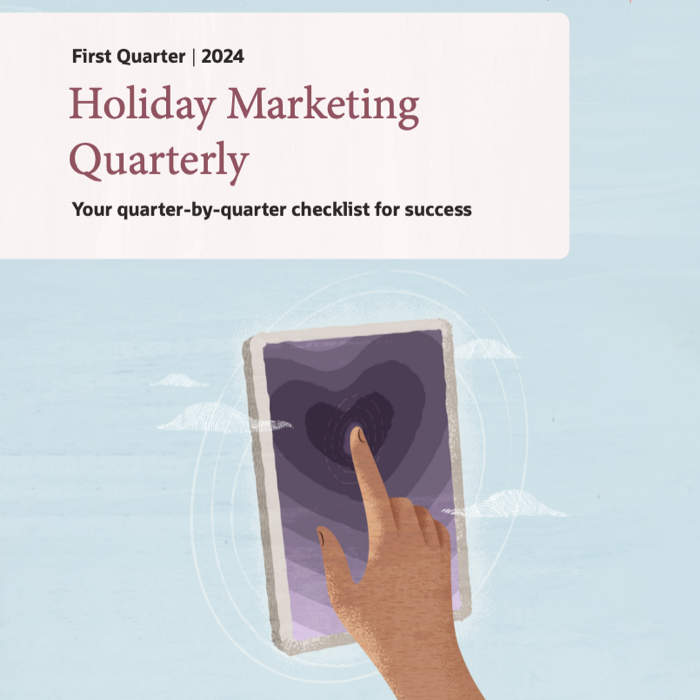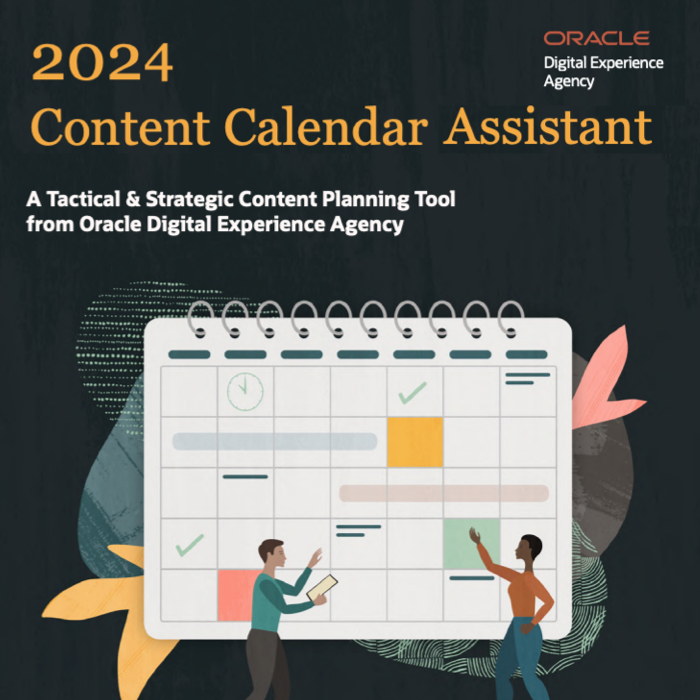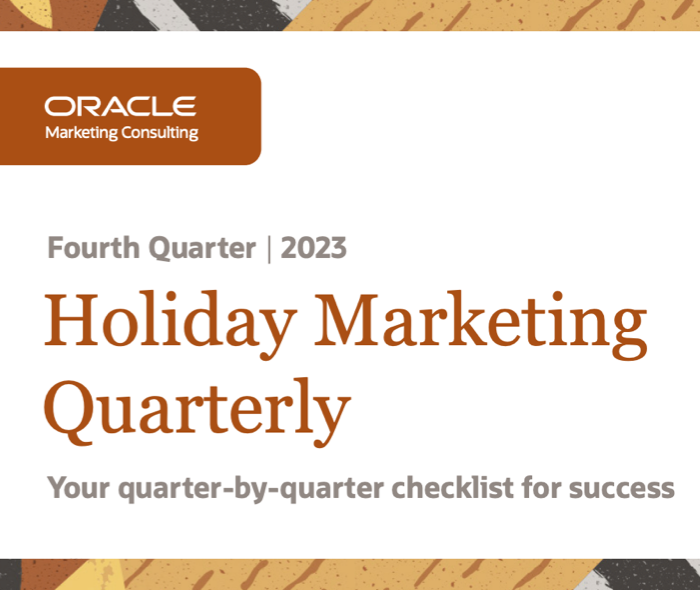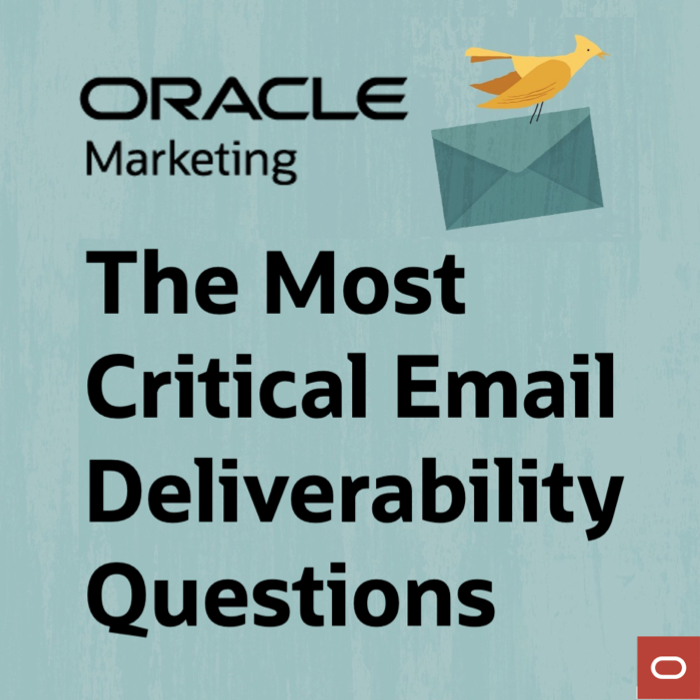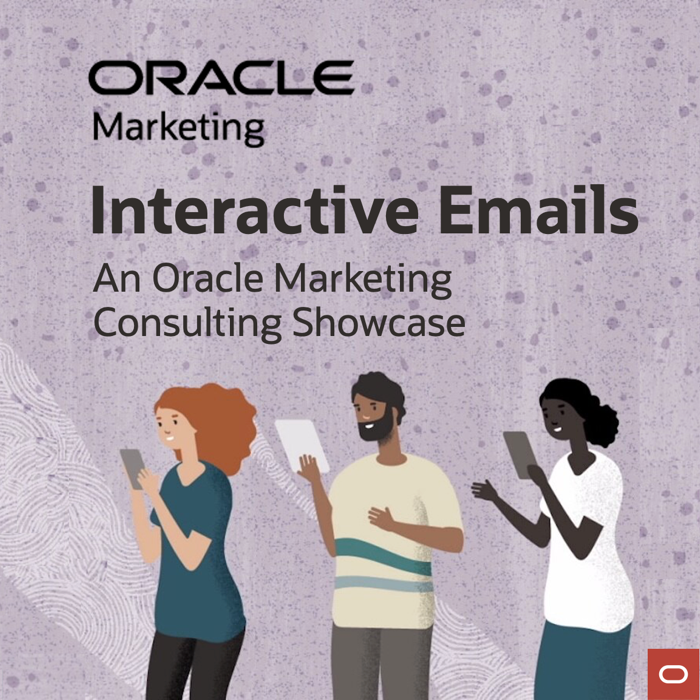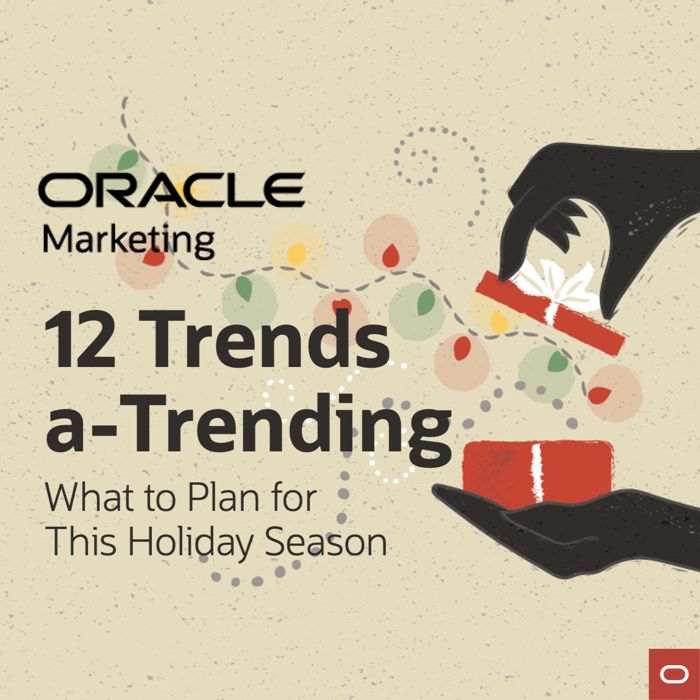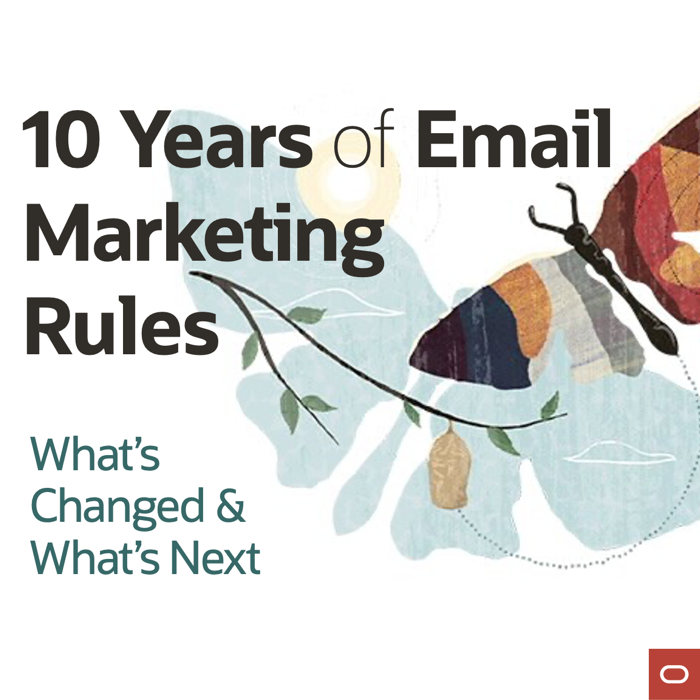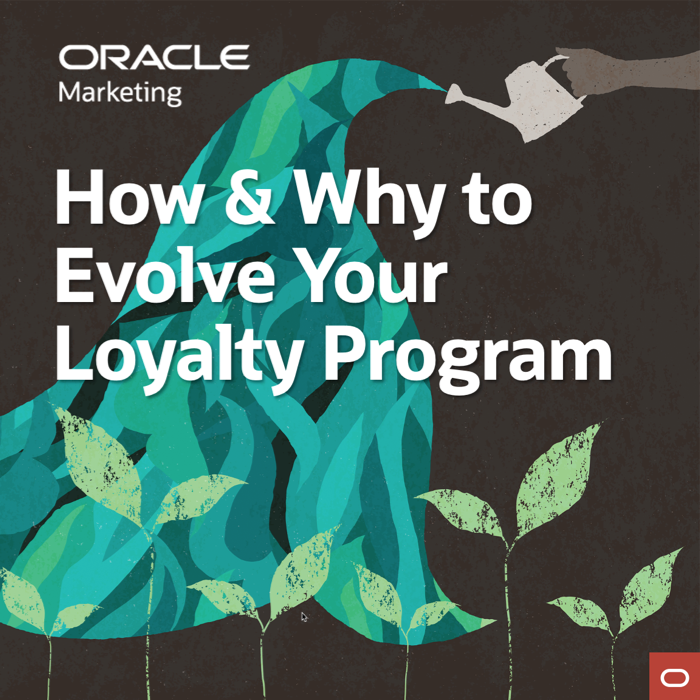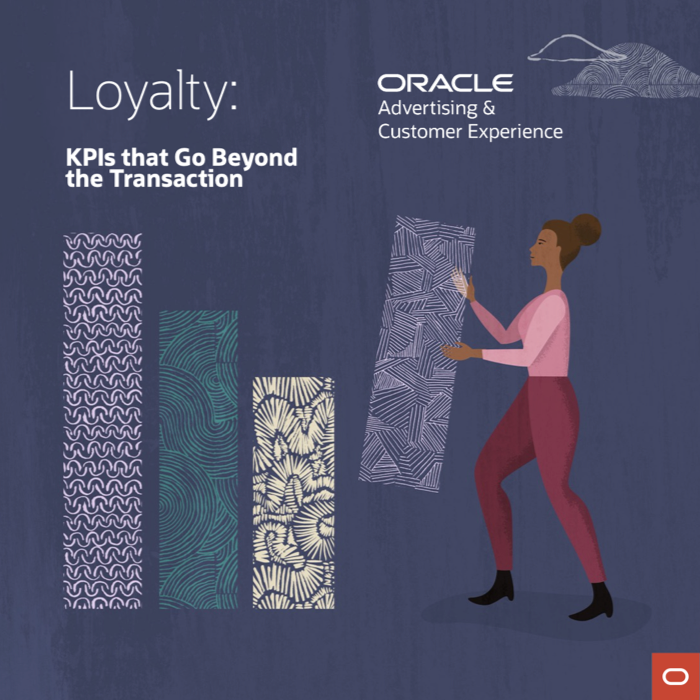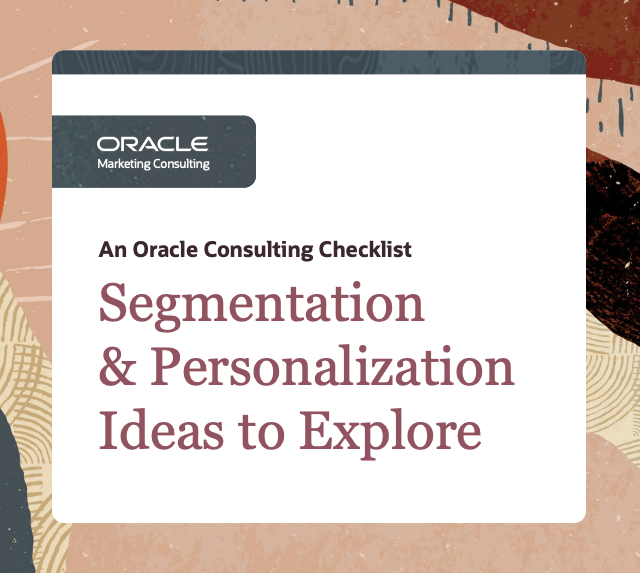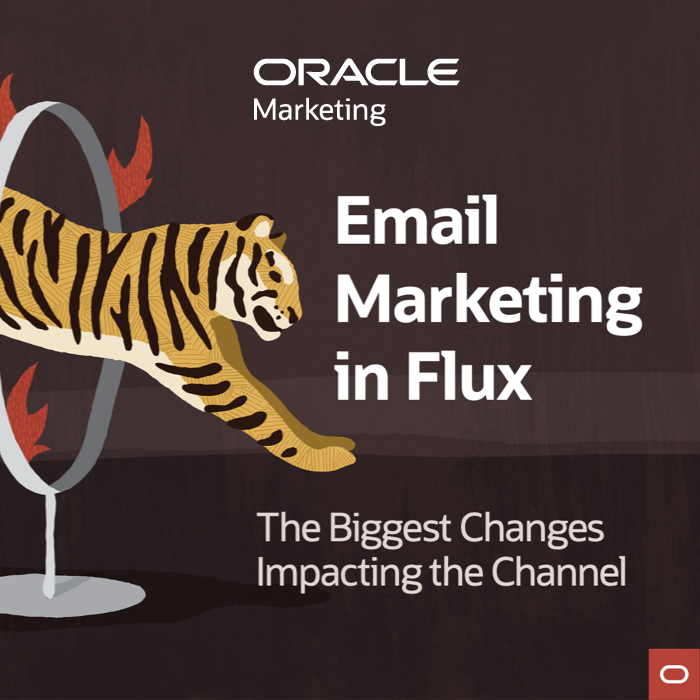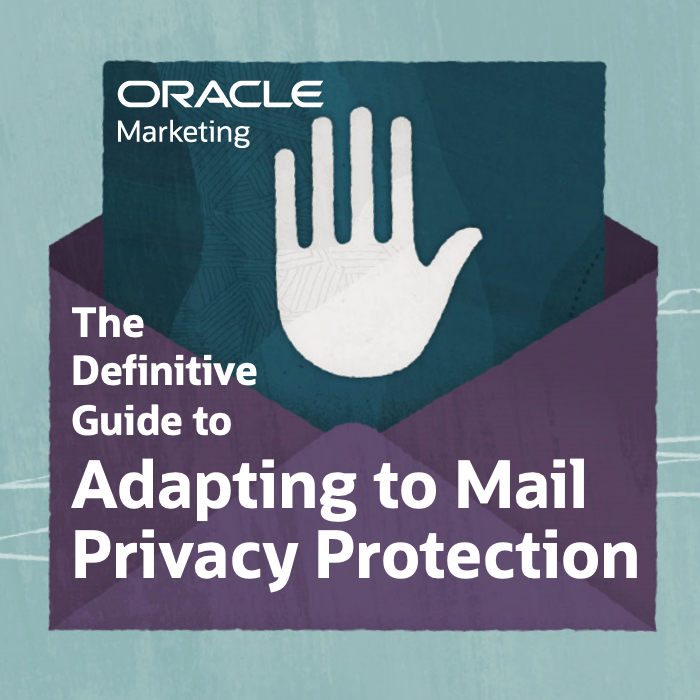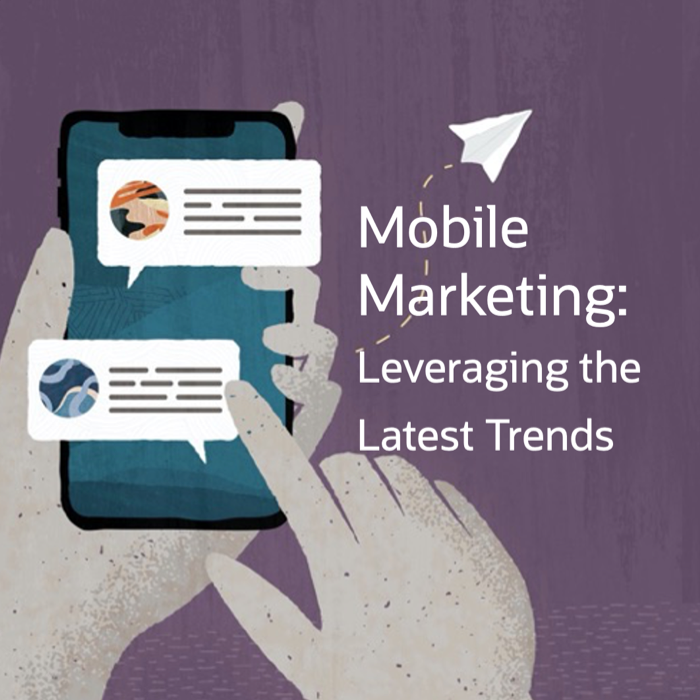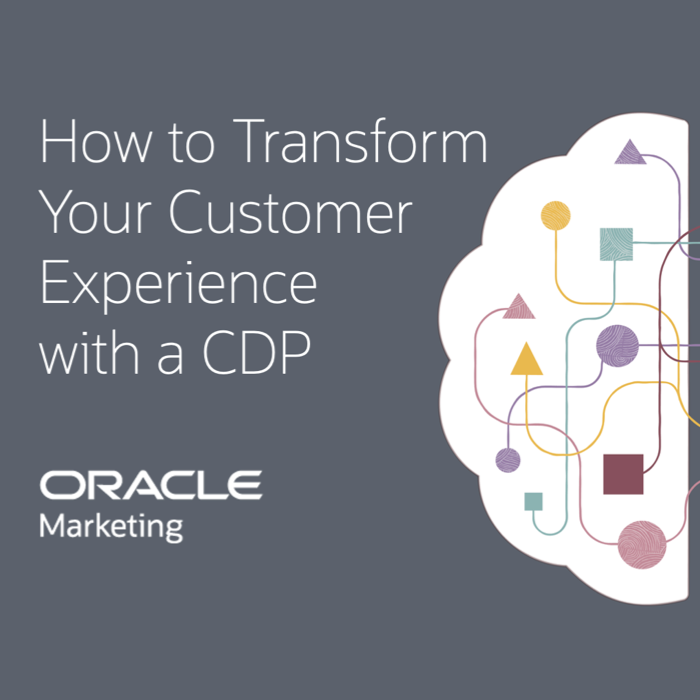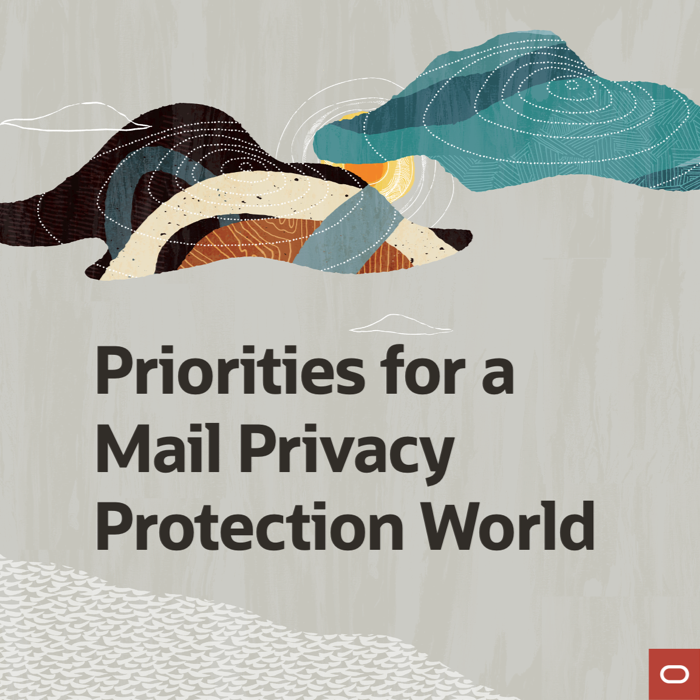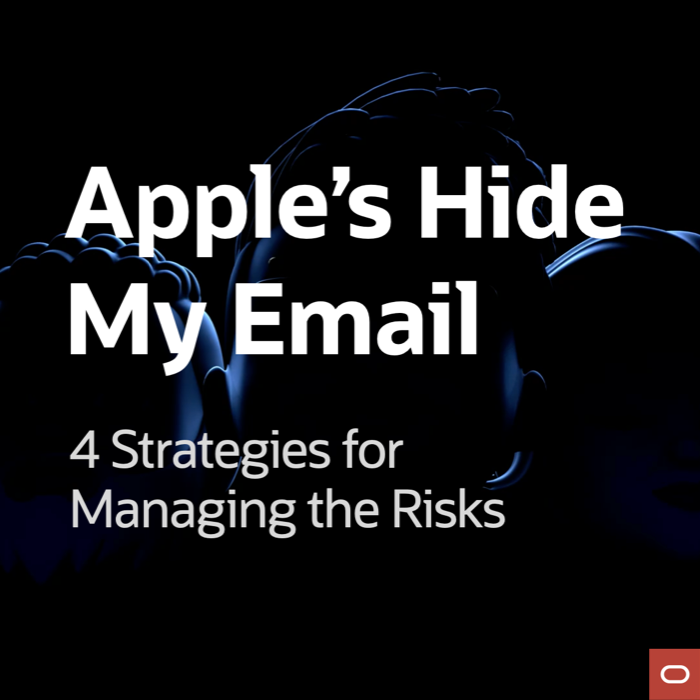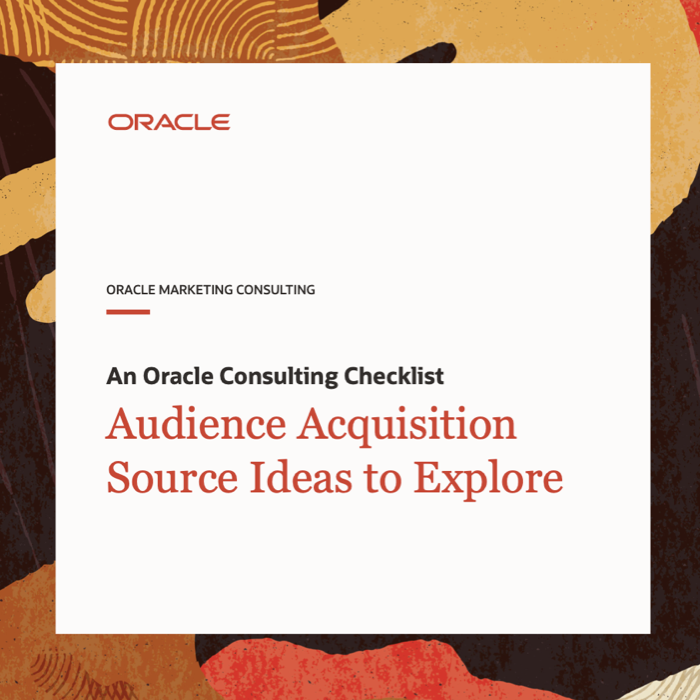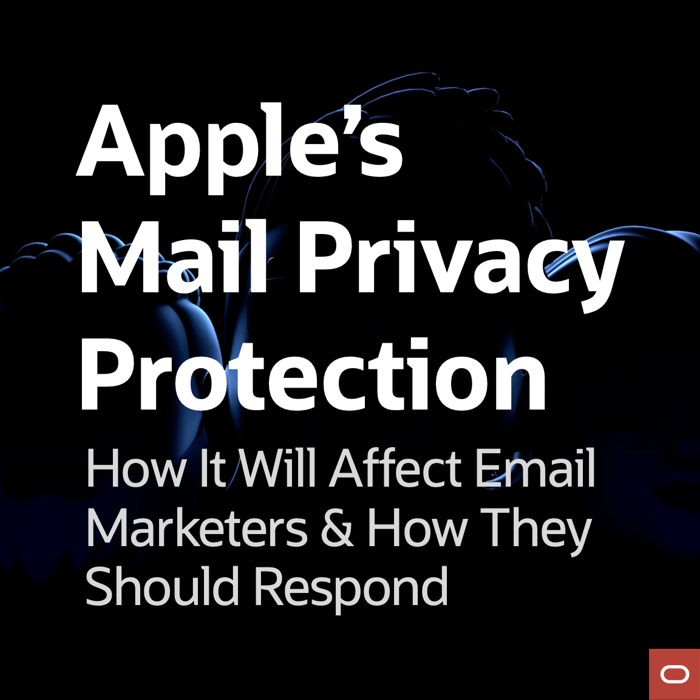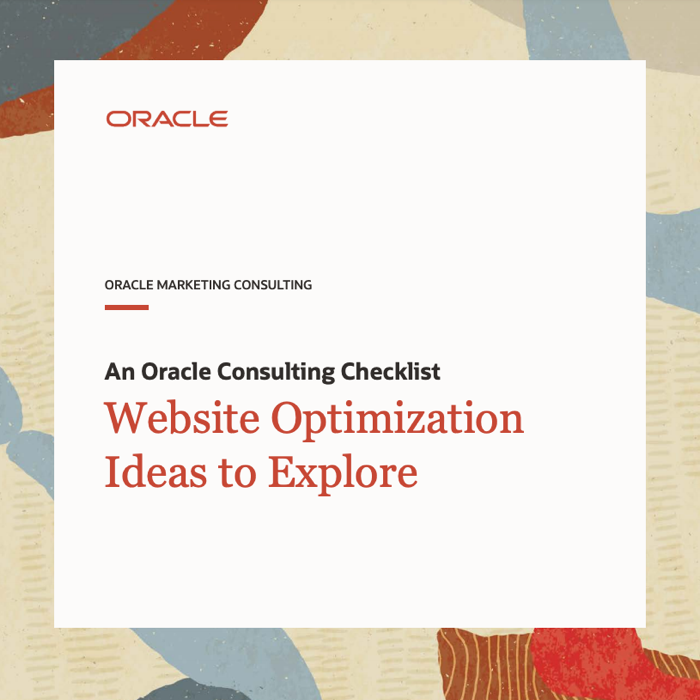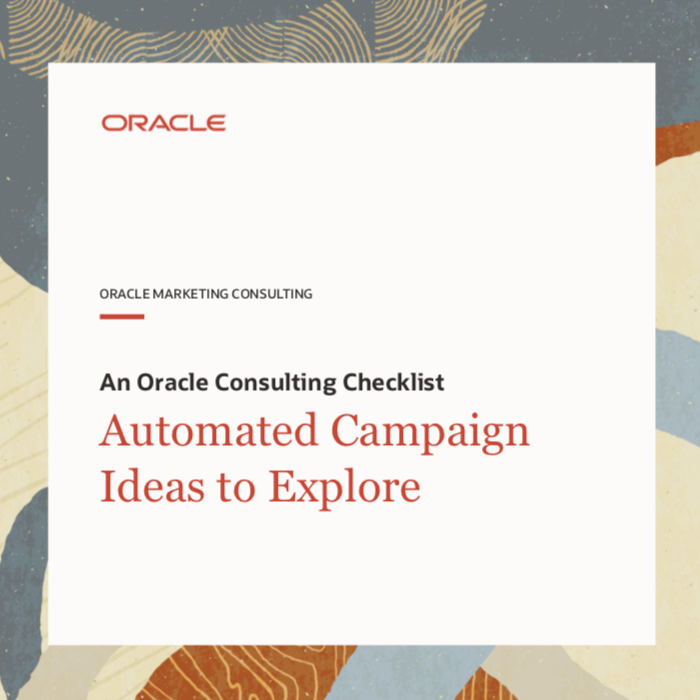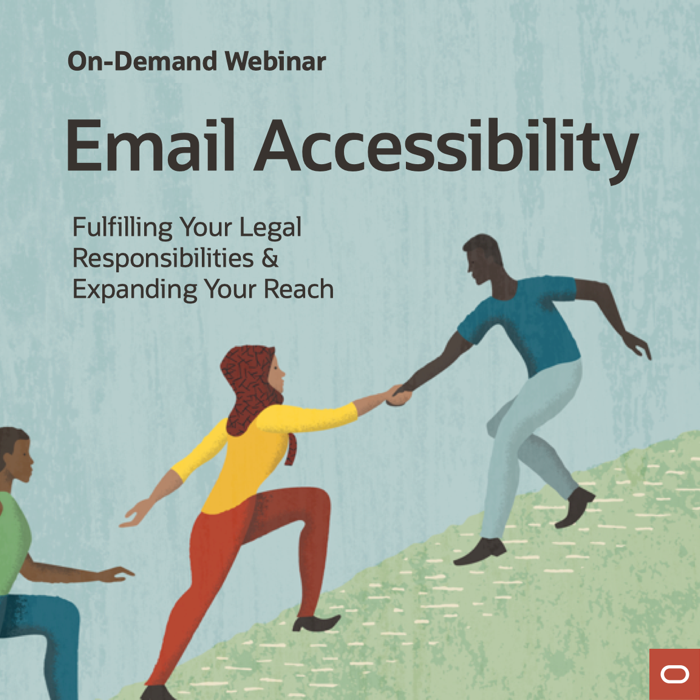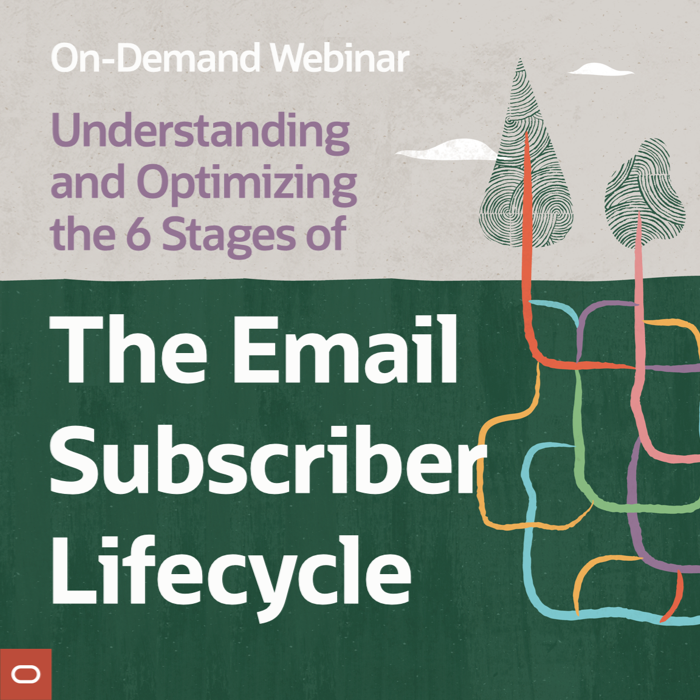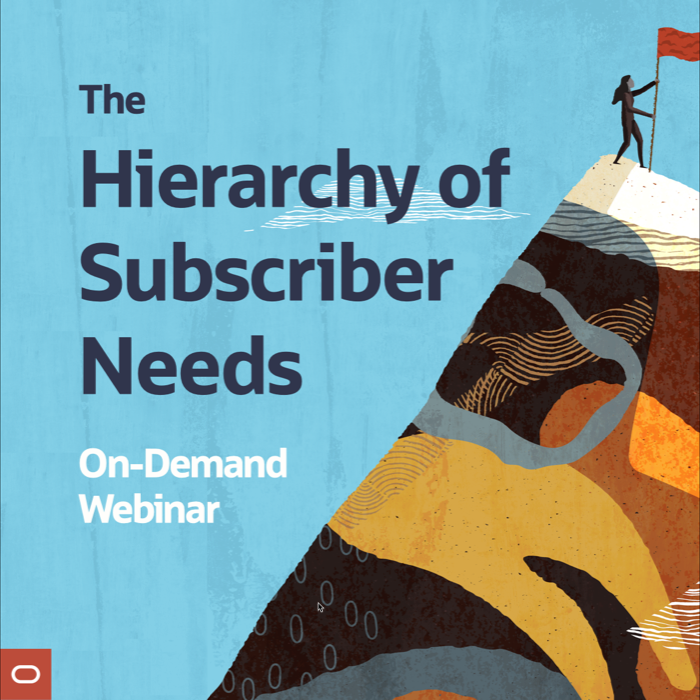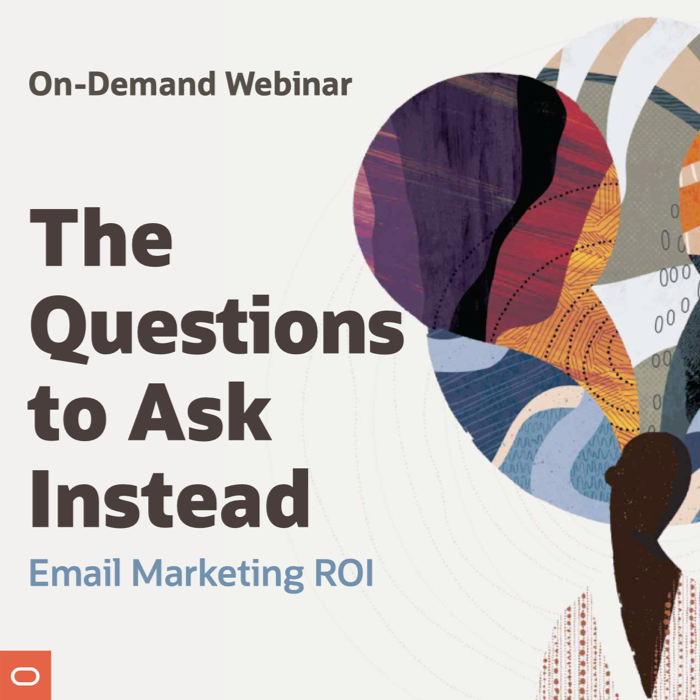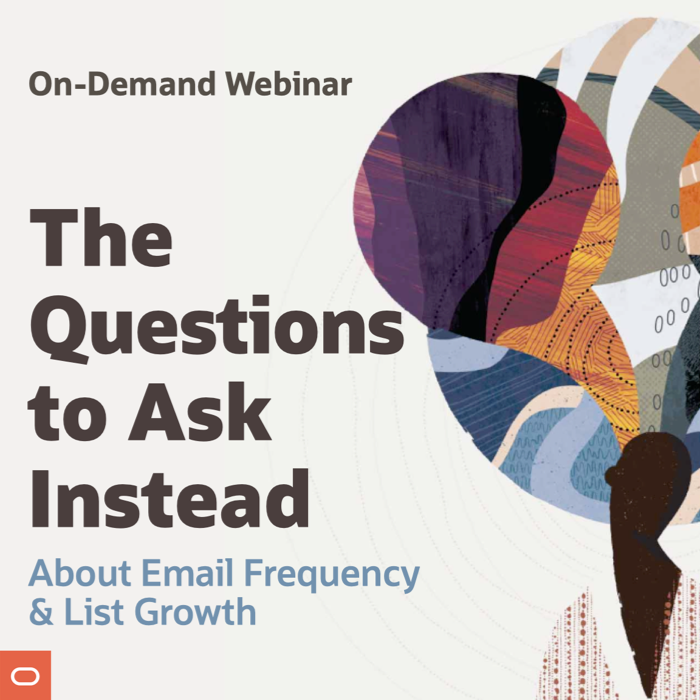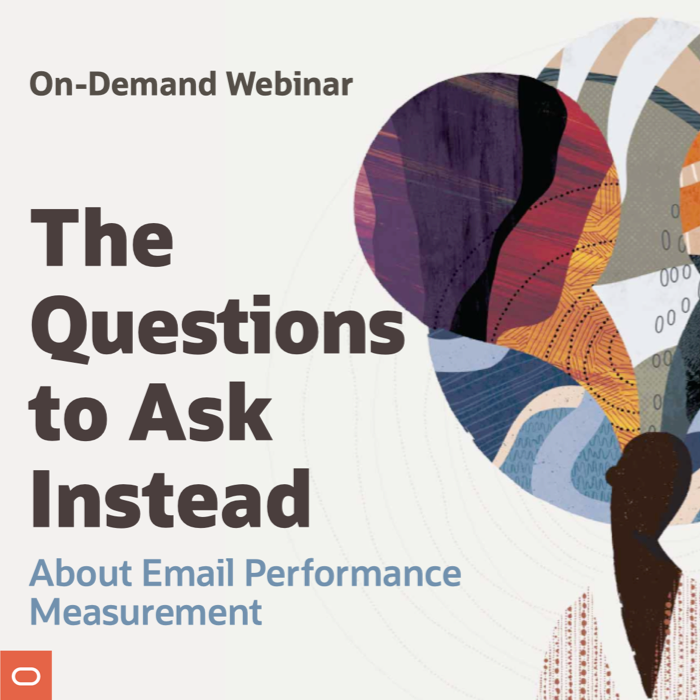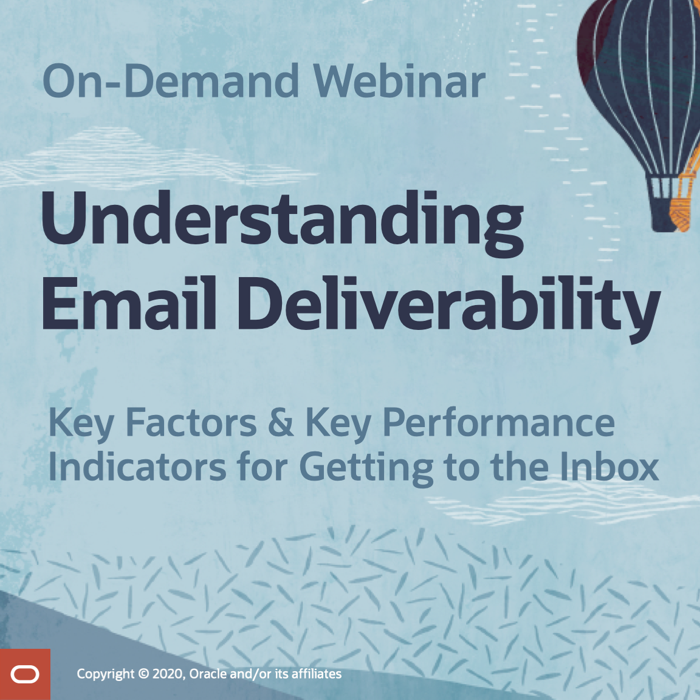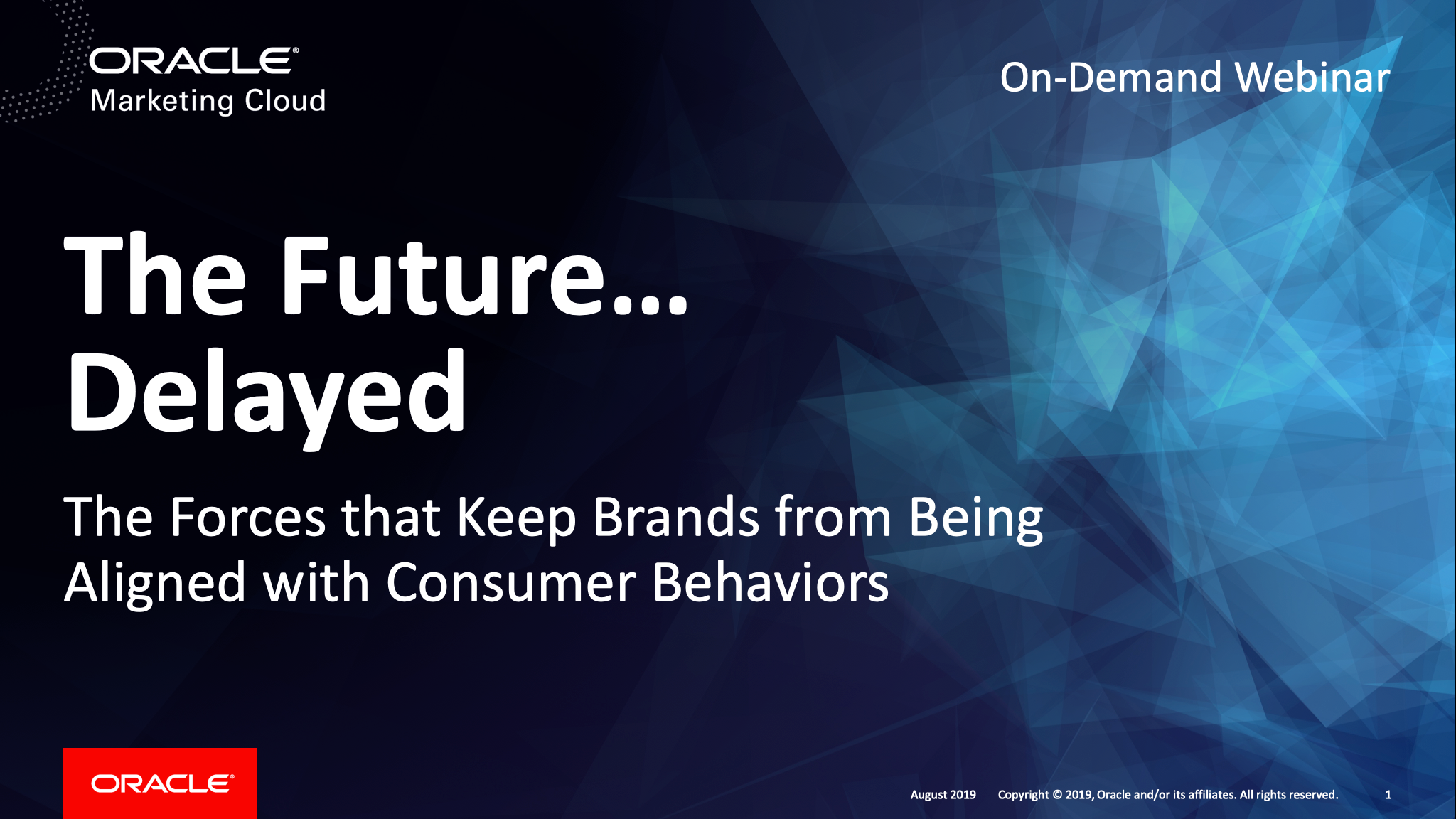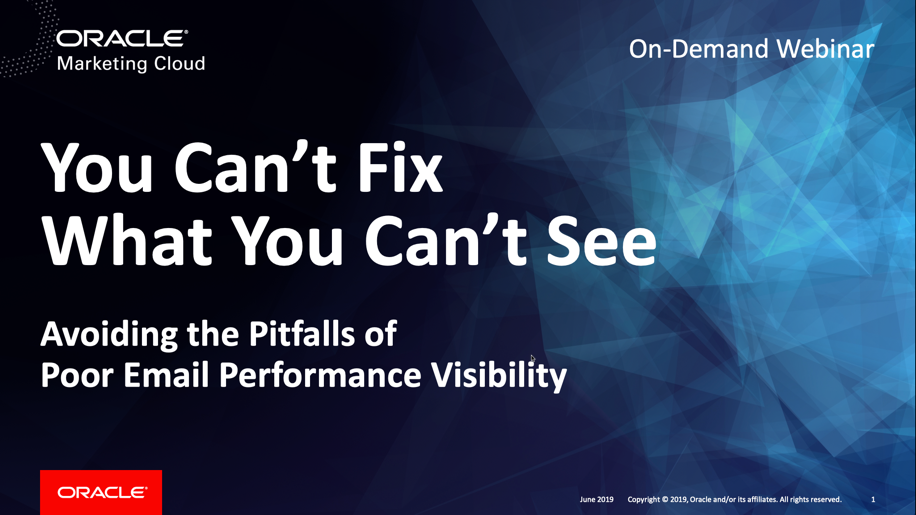BIMI: The Carrot to Get Email Marketing Managers to Fully Authenticate

Inbox providers’ long-standing approach has been to punish email marketing managers for not authenticating their emails with SPF (Sender Policy Framework), DKIM (Domain Keys Identified Mail), and DMARC (Domain-based Message Authentication, Reporting and Conformance). This all-stick-and-no-carrot approach to email authentication led to slow adoption of SPF and DKIM since their introductions in the early 2000s, as well as slow adoption of DMARC since its creation in 2012. For instance, only 20.3% of domains publish some level of DMARC policy and a mere 6.1% have the preferred “p=reject” policy in place, according to 250ok’s 2019 Global DMARC Adoption report.
In an acknowledgment that the all-stick approach hadn’t fostered the adoption rates they wanted, a group of mailbox providers and email vendors got together and created Brand Indicators for Message Identification, or BIMI, as it’s commonly known. This standard rewards email senders who authenticate with SPF and DKIM and publish a DMARC record.
Implementing BIMI allows email marketing managers to display their chosen logo next to their sender name. In this blog post, Daniel Deneweth, Head of Email Deliverability Services at Oracle Marketing Consulting, discusses the three benefits provided by BIMI and the six steps to implement it.
>> Read the entire post on Oracle’s Modern Marketing Blog
 Email Marketing Rules
Email Marketing Rules


